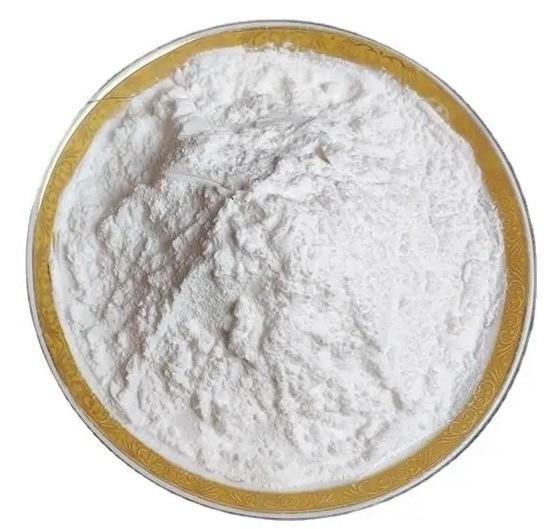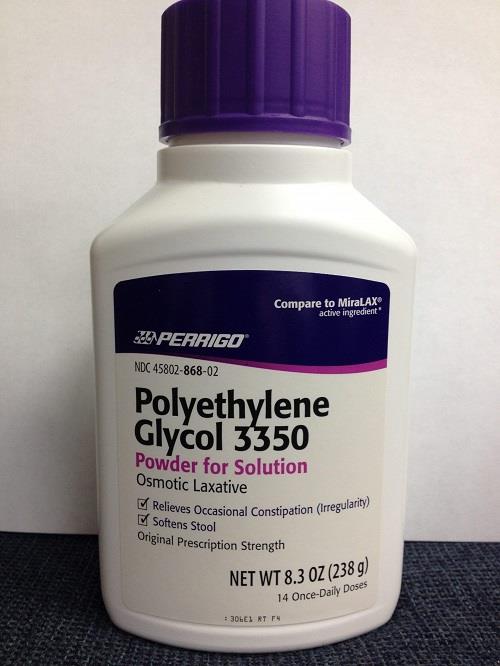3-O-Benzyl-1,2,5,6-di-O-isopropylidene-alpha-D-glucofuranose: Preparation and Applications in Chemical Biology
Mar 10,2023
General Description
3-O-Benzyl-1,2,5,6-di-O-isopropylidene-alpha-D-glucofuranose (3-O-B-DIP-alpha-D-Glu) is a sugar derivative of glucose with a benzyl group attached to the 3-position of the sugar ring. It is a synthetic sugar molecule that has been studied extensively in recent years due to its potential applications in medicinal chemistry, biochemistry, and drug delivery. 3-O-Benzyl-1,2,5,6-di-O-isopropylidene-alpha-D-glucofuranose is an important intermediate in the synthesis of a variety of compounds and has been used in numerous pharmaceutical formulations.

Figure 1. Properties of 3-O-Benzyl-1,2:5,6-di-O-isopropylidene-alpha-D-glucofuranose
Preparation

Figure 2. Synthesis of 3-O-Benzyl-1,2,5,6-di-O-isopropylidene-alpha-D-glucofuranose
Dissolve D-glucose (15 g, 57.69 mmol) in DMF (144 mL). Add Benzyl bromide (10.09 mL, 86.53 mmol) to the reaction mixture and stir for 5 min. Cool the reaction mixture to 0°C. Add NaH (3.75 g, 95.18 mmol) in portions (1.25 gx3) to the cooled solution (0°C) and stir the reaction mixture for 2 hours at room temperature (24°C). Quench the reaction with IPA (6 mL) at 0°C followed by the slow addition of H2O (115 mL) at 0°C. Extract the resulting mixture with EtOAc (100 mLx3). Concentrate the organic phase under reduced pressure, dry over MgSO4, filter and purify by flash column chromatography (EtOAc-hexane, 1 : 3 to 1 : 1).1
Applications
Intermediate in Synthesis of 1,3 β-glucan hexasaccharide

Figure 3. Intermediate in Synthesis of 1,3 β-glucan hexasaccharide
Add a solution of 6 M HCl (25 mL) to a solution of 3-O-Benzyl-1,2,5,6-di-O-isopropylidene-alpha-D-glucofuranose (50 g, 0.143 mol) in dioxane (100 mL). Stir the mixture overnight at room temperature. Add dichloromethane (DCM) (50 mL) to the reaction mixture. Separate the yellowish organic layer and discard. Neutralize the aqueous layer by adding a solution of satd Na2CO3. Extract the mixture with EtOAc (375 mL). Remove the organic solvent under reduced pressure. Obtain a white pasty material. Dissolve the white pasty material in a small amount of EtOAc. Keep the mixture in fridge. Crystallize 3-O-benzyl-α/β-D-glucopyranose.2
Intermediate in Synthesis of(-)-Jaspine B

Figure 4. Intermediate in Synthesis of(-)-Jaspine B
Stir the solution of reactant (2.0 g, 5.7 mmol) and periodic acid (1.55 g, 6.8 mol) in 80 mL of dry ethyl acetate for 2 h. Separate the solid by filtration. Evaporate under reduced pressure to obtain a colorless syrup. Dissolve the syrup in 50 mL of THF. Add the solution dropwise to the solution of phosphorus ylide previously prepared [tridecyltriphenylphosphonium bromide (3.6 g, 6.84 mmol) in 150 mL of dry THF under an atmosphere of argon. Cool the mixture at 0 °C and add n-butyllithium dropwise (5.13 mL, 8.2 mmolof THF solution 1.6 M). Stir the reaction mixture for 30 min]. Stir the resulting reaction mixture for 4 h 0 °C. Stop the reaction by adding 50 mL of water. Extract the reaction with ethyl acetate (3 Χ50 mL). Dry the combined organic phase over Na2SO4. Concentrate the reaction mixture under reduced pressure. Purify the residue by column chromatography to obtain the product.3
Intermediate in Synthesis of D-xylofuranose-derived t-butanesulfinyl aldimines

Figure 5. Intermediate in Synthesis of D-xylofuranose-derived t-butanesulfinyl aldimines
Prepare a solution of O-benzyl-1,2:5,6-di-O-isopropylidene-α-D-glucofuranose (3.16 g, 9.0 mmol) in THF (11 mL). Add 2 M aq. HCl (11 mL) at r.t., Continue stiring for 5 h. Quench the reaction by adding NaHCO3(1.8 g). Stir the mixture for 15 min and extract with EtOAc (3 × 40 mL). Dry the combined organic layer (Na2SO4). Filter and concentrate under reduced pressure to obtain a pale yellow oil (2.98 g). Dissolve the crude diol in CH2Cl2(5 mL) and add sat. aq. NaHCO3(1.3 mL) and NaIO4(3.85 g, 18.0 mmol). Continue stiring for 4 h and dilute the mixture with CH2Cl2(20 mL), dry(Na2SO4), filter and concentrate under reduced pressure to obtain a pale yellow oil (2.24 g). Prepare a solution of the crude aldehyde (1.25 g, 4.5 mmol) in CH2Cl2(5 mL) and add CuSO4 (3.59 g, 22.5 mmol) and (SS)-t-BS-NH2(653 mg, 5.4 mmol). Stir the mixture for 30 h, filter through Celite, concentrate under reduced pressure and purify by silica gel chromatography to obtain product(1.424 g, 70% over 3 steps).4
References
1. Sawant, Ratnnadeep C.; et al. RSC Advances (2015), 5(25), 19027-19033.
2. Elsaidi, Hassan R. H.; et al. Carbohydrate Research (2015), 408, 96-106.
3. Cruz-Gregorio, Silvano; et al. Tetrahedron Letters (2011), 52(48), 6370-637.
4. Wang, Bing; et al. Tetrahedron Letters (2012), 53(2), 119-122.
- Related articles
- Related Qustion
The DM4, as the cytotoxic agent refering to a substance that inhibits or prevents one or more cellular functions or causes cell death, it can be used in the preparation of antibody drug conjugate.....
Mar 10,2023APIPolyethylene glycol is a medication that is used in the management and treatment of constipation. It is in the laxative class of drugs.....
Mar 10,2023Catalyst and AuxiliaryYou may like
3-O-Benzyl-1,2,5,6-di-O-isopropylidene-alpha-D-glucofuranose manufacturers
- 3-O-Benzyl-1,2,5,6-di-O-isopropylidene-alpha-D-glucofuranose
-

- $0.00 / 1kg
- 2022-09-30
- CAS:18685-18-2
- Min. Order: 1kg
- Purity: 98%
- Supply Ability: 1Ton
- 3-O-Benzyl-1,2;5,6-Di-O-Isopropylidene-a-D-Glucofuranose
-
- $0.00 / 1KG
- 2019-10-31
- CAS:18685-18-2
- Min. Order: 1KG
- Purity: 98%
- Supply Ability: 100tons/year
- 3-O-Benzyl-1,2,5,6-di-O-isopropylidene-alpha-D-glucofuranose
-

- $7.00 / 1kg
- 2019-07-06
- CAS: 18685-18-2
- Min. Order: 1kg
- Purity: 99%
- Supply Ability: 100KG






